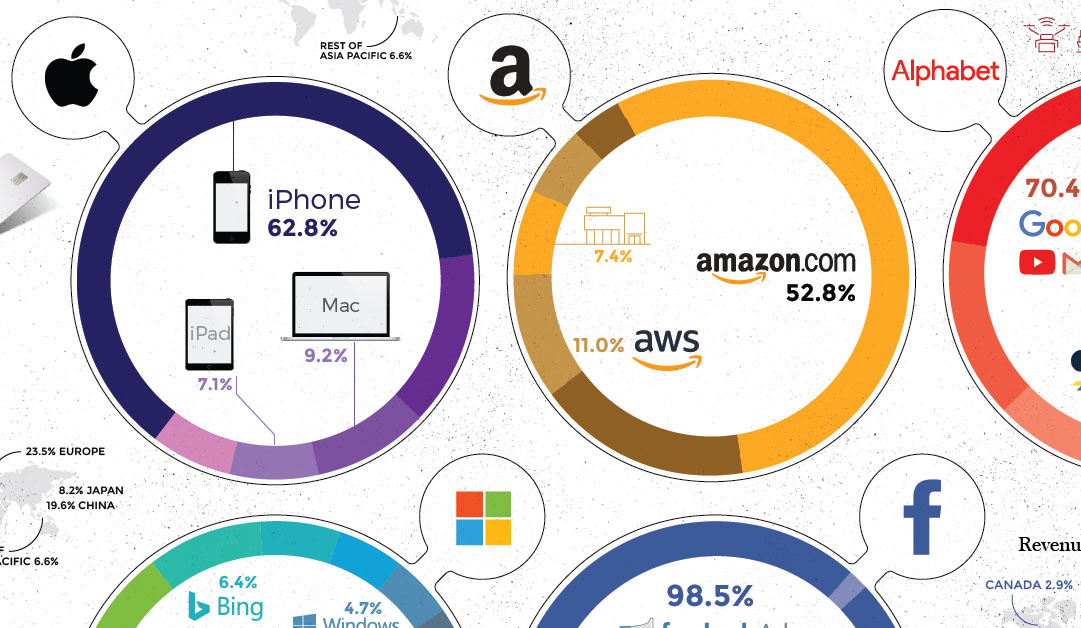The International Pursuit Of US Researchers: A Post-Funding Cut Analysis

Table of Contents
Factors Driving the Emigration of US Researchers
Several interconnected factors contribute to the growing number of US researchers seeking opportunities internationally. These factors create a compelling case for researchers to seek greener pastures elsewhere.
Reduced Research Funding Opportunities in the US
Decades of underfunding in scientific research are now bearing bitter fruit. The reduced availability of grants significantly impacts research projects and careers.
- NIH Funding Cuts: The National Institutes of Health (NIH), a primary source of biomedical research funding, has experienced significant budget constraints, leading to a drastic decrease in successful grant applications. Success rates have plummeted to below 10% in some areas.
- NSF Funding Challenges: The National Science Foundation (NSF) faces similar challenges, resulting in fewer opportunities for researchers across various scientific disciplines, including engineering, computer science, and environmental science.
- Impact on Early-Career Researchers: Early-career researchers are disproportionately affected, struggling to secure crucial seed funding for their projects, hindering their career progression and driving many to seek opportunities abroad. This creates a significant gap in future scientific leadership within the US.
- Specific Program Impacts: The reduction in funding has forced the cancellation or scaling back of numerous vital research programs, from climate change studies to cancer research, creating a ripple effect across the scientific community.
Improved Research Infrastructure and Opportunities Abroad
Many countries are actively courting top US researchers, offering enticing incentives to fill their research gaps and bolster their scientific capabilities.
- International Recruitment Initiatives: Canada, the United Kingdom, Australia, Germany, and several other nations actively recruit US scientists, offering competitive salaries, state-of-the-art facilities, and collaborative environments.
- Superior Research Infrastructure: Many international institutions boast cutting-edge research facilities and equipment, surpassing the capabilities available in some US institutions hampered by budget cuts. This advantage is a major draw for researchers seeking to maximize their impact.
- Enhanced Collaboration Opportunities: International research environments frequently facilitate greater collaboration and interdisciplinary projects, providing researchers with broader perspectives and opportunities for innovation.
- Successful Recruitment Examples: Several examples highlight successful international recruitment programs attracting top US talent, showcasing the effectiveness of these strategies and their appeal.
Political and Social Climate in the US
The current political and social climate in the US plays a significant role in driving researchers abroad.
- Political Instability and Policy Changes: Frequent shifts in political priorities and research funding policies create uncertainty and instability, deterring long-term investment in research projects.
- Immigration Policies: Restrictive immigration policies create challenges for international researchers collaborating with US scientists, hindering collaborative projects and research advancements.
- Public Perception and Funding Priorities: Shifts in public perception and funding priorities towards other sectors can negatively impact research funding and scientific freedom, causing researchers to seek environments with greater support for their work.
Consequences of the Brain Drain for the US
The emigration of US researchers has profound consequences for the nation's scientific progress and future competitiveness.
Loss of Scientific Expertise and Innovation
The departure of skilled researchers weakens the US's scientific capabilities across various fields.
- Impact on Competitiveness: The loss of talented researchers diminishes the US's global competitiveness in critical areas like biotechnology, artificial intelligence, and renewable energy, potentially leading to a technological lag behind other nations.
- Loss of Potential Breakthroughs: The emigration of these scientists leads to a loss of potential breakthroughs and technological advancements that could benefit the US economy and society as a whole.
- National Security Implications: In some fields, the loss of scientific expertise can have implications for national security, potentially compromising the country's technological advantage in defense and intelligence.
Impact on Education and Training of Future Scientists
The brain drain impacts the training and education of the next generation of US scientists.
- Depletion of Experienced Mentors: The departure of experienced researchers creates a shortage of mentors and educators in US universities, negatively impacting the training of aspiring scientists.
- Impact on the Pipeline: This lack of mentorship weakens the pipeline of future scientists and researchers, potentially creating a long-term decline in scientific capabilities within the US.
- Challenges in Attracting and Retaining Young Talent: The difficulty in securing funding and mentorship makes it harder to attract and retain young talent in the US, further exacerbating the brain drain.
Potential Solutions and Mitigation Strategies
Addressing the International Pursuit of US Researchers requires a multi-pronged approach involving increased funding, improved research environments, and supportive policies.
Increased Research Funding and Investment
Increasing research funding is paramount to reversing the brain drain.
- Increased Federal Funding: Significant increases in federal funding for research across various agencies, including the NIH and NSF, are crucial.
- Alternative Funding Mechanisms: Exploring alternative funding mechanisms, such as public-private partnerships and philanthropic initiatives, can provide additional resources for research.
- Long-Term Investment: Long-term, consistent investment in scientific research is essential to fostering a stable and sustainable research ecosystem.
Improving the Research Environment in the US
Creating a supportive and attractive research environment is vital for retaining top talent.
- Supportive Policies: Implementing policies that promote collaboration, reduce bureaucratic hurdles, and foster a culture of scientific freedom are necessary.
- Addressing Social and Political Concerns: Tackling the underlying political and social concerns that contribute to the brain drain, such as immigration policies and funding instability, is critical.
- Promoting Diversity and Inclusion: Creating a diverse and inclusive research environment where all scientists feel valued and respected is essential for attracting and retaining top talent.
Conclusion: Addressing the International Pursuit of US Researchers
The International Pursuit of US Researchers is a serious concern with far-reaching consequences for the nation's scientific leadership and economic future. The emigration of scientists is driven by a combination of reduced funding opportunities, superior research infrastructure abroad, and a challenging domestic research environment. Preventing the Emigration of US Researchers requires immediate action. We must prioritize increased research funding, cultivate a supportive research environment, and address the underlying political and social factors contributing to this exodus. Securing US Research Talent demands a commitment to long-term investment in science and a proactive approach to creating an environment where researchers thrive. We must all engage in discussions and advocate for policies that support a vibrant and competitive US research ecosystem, ensuring that the US remains a global leader in scientific innovation. Let's work together to Retaining Top Researchers in the US and safeguard our nation's future.

Featured Posts
-
 Israel Under Pressure To Address Gazas Humanitarian Needs By Lifting Aid Blockade
Apr 29, 2025
Israel Under Pressure To Address Gazas Humanitarian Needs By Lifting Aid Blockade
Apr 29, 2025 -
 Porsche Cayenne Gts Coupe Test I Recenzja Czy To Suv Marzen
Apr 29, 2025
Porsche Cayenne Gts Coupe Test I Recenzja Czy To Suv Marzen
Apr 29, 2025 -
 Convicted Cardinals Right To Vote In Papal Conclave Questioned
Apr 29, 2025
Convicted Cardinals Right To Vote In Papal Conclave Questioned
Apr 29, 2025 -
 Black Hawk American Airlines Collision Analysis Of Pilot Error
Apr 29, 2025
Black Hawk American Airlines Collision Analysis Of Pilot Error
Apr 29, 2025 -
 Teslas Rise Lifts Us Stocks Tech Giants Power Market Gains
Apr 29, 2025
Teslas Rise Lifts Us Stocks Tech Giants Power Market Gains
Apr 29, 2025
